
Title: Essay on art and photography
Author: A. V. Sutton
Release Date: August 29, 2023 [eBook #71518]
Language: English
Credits: Charlene Taylor and the Online Distributed Proofreading Team at https://www.pgdp.net (This file was produced from images generously made available by The Internet Archive/American Libraries.)

1866.
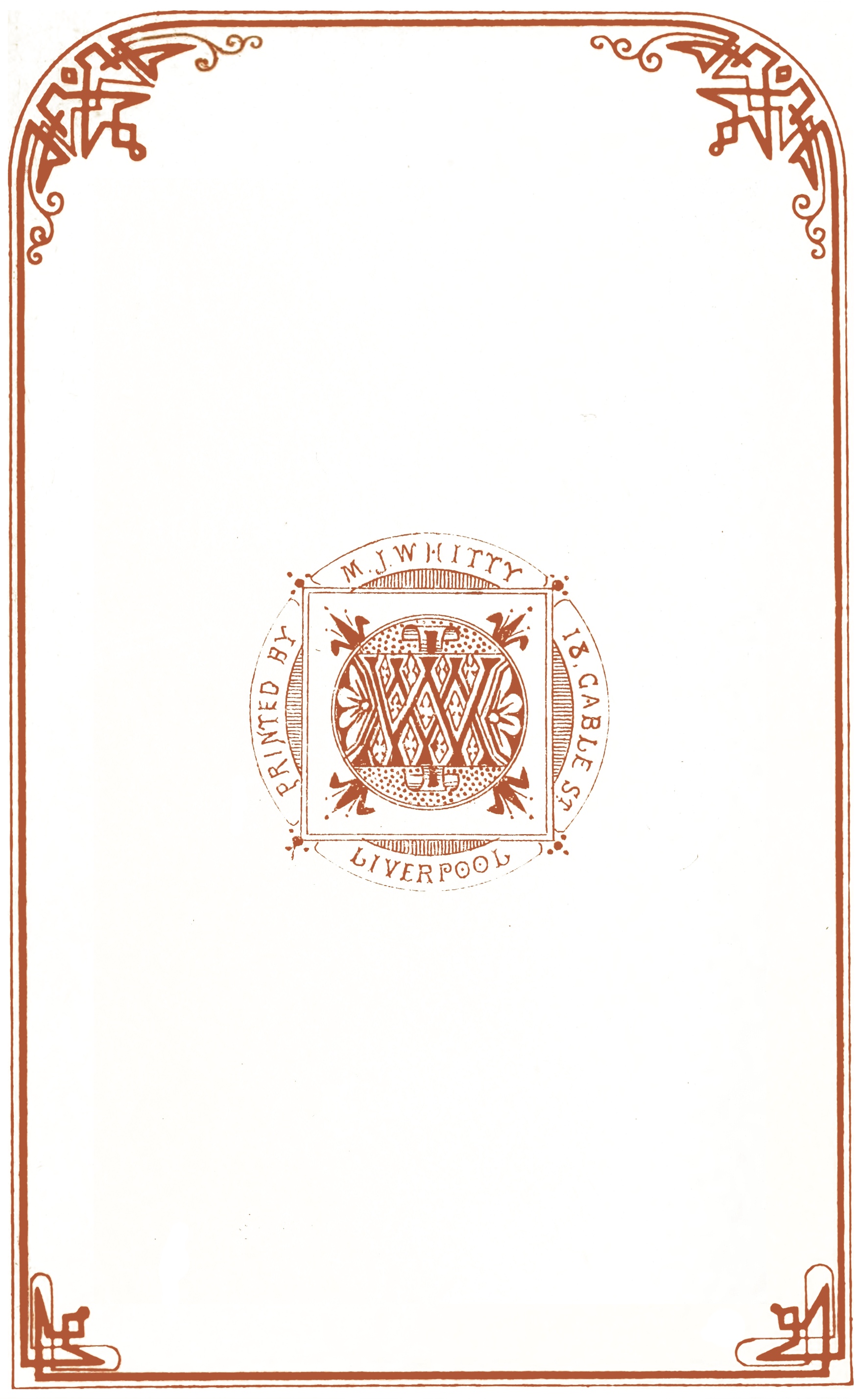
ESSAY
ON
![]() Art and
Art and ![]() Photography.
Photography.
BY
A. V. SUTTON.
LIVERPOOL:
MICHAEL JAMES WHITTY.
MDCCCLXVI.
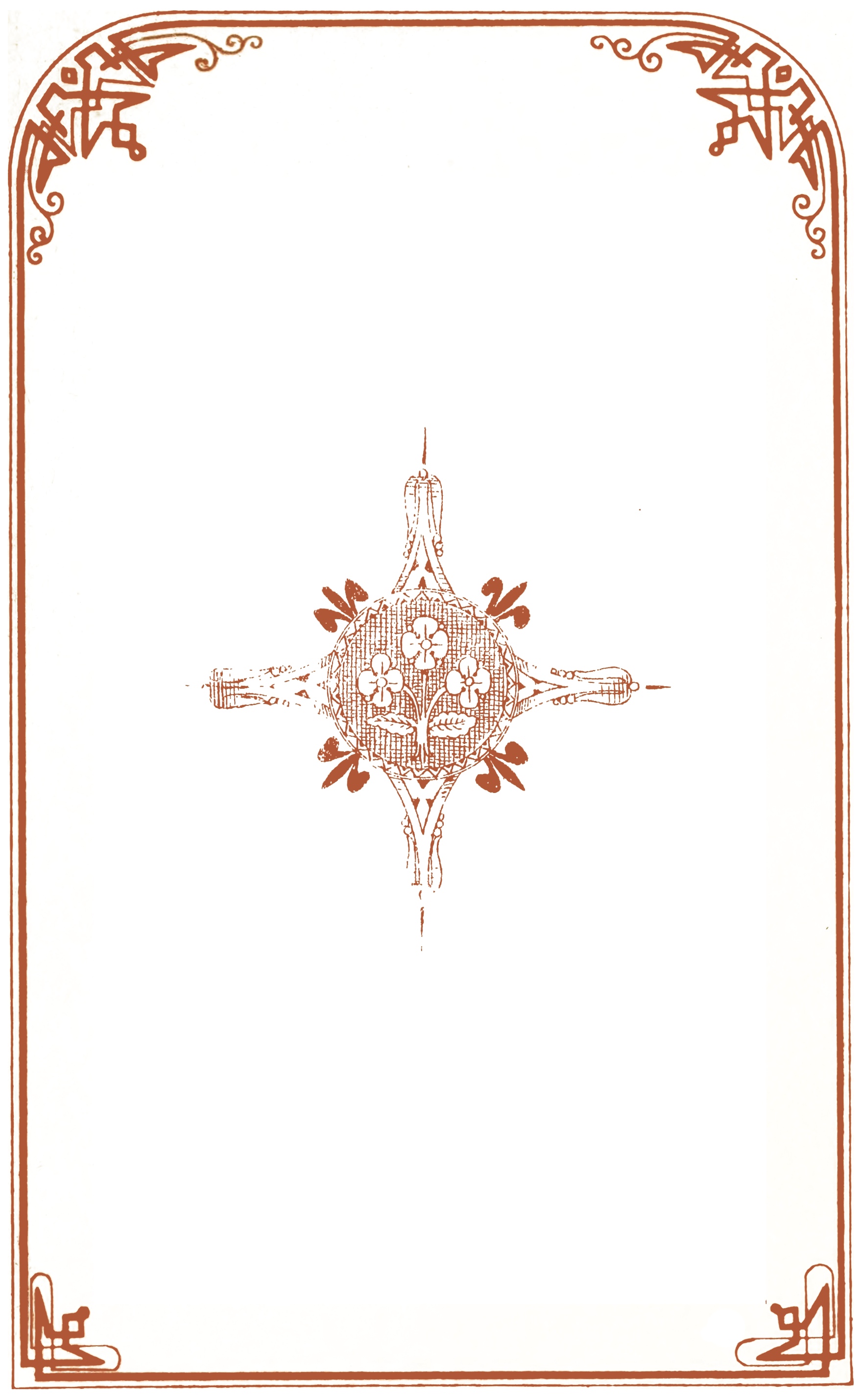
Dedicated
TO MY
Friends and Patrons.
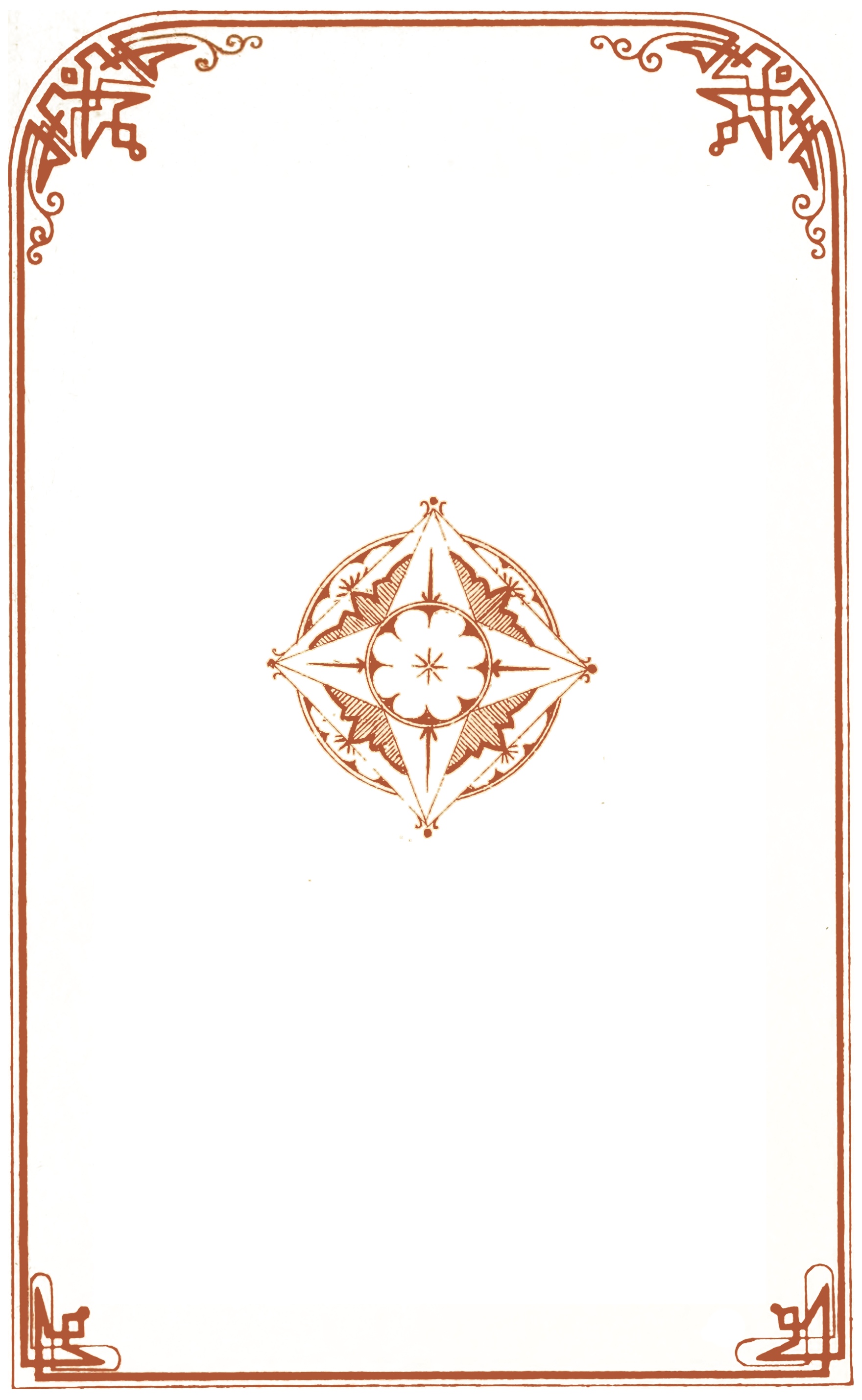
vii
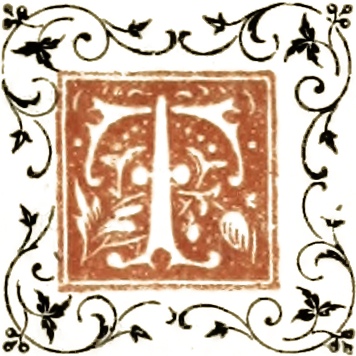
The idea that occurred to me in drawing in epitome a history of the amalgamation of Art and Science, and ultimately induced me to attempt so hazardous a task, was to enable the public to learn the true course to be pursued in order to give fresh vigour and impulse for the revival of Fine Arts, and I have endeavoured to exemplify in a striking manner, as far as my poorviii abilities admit, the inestimable advantage the one confers upon the other, which renders the combination so essential in advancing and developing a better, truer, and nobler style of art—a style that I feel assured will distinguish for ever the present generation. With this view, I have gathered materials from every common report or otherwise, from personal acquaintance with some of the most distinguished artists of the day, and it is with regret that I find how immeasurably incompetent I am to do justice to a subject so worthy of being treated by greater talents and accomplishmentsix than are granted to me. In sketching the various changes Photography has undergone ere it reached the supremacy it now enjoys, owing—principally to the natural instability of events—and in the rapid survey to which the limits of the Essay constrain me, I have been compelled to point out defects “both in the Art and the Science,” without reserve, but with all due respect to the opinion of others; but while doing so, I trust that I have rendered justice also.
As a professional artist, the reader may be led to suppose I write with bias—not so. I have most cautiouslyx avoided any sentiment that might be so construed, and beg that judgment may be suspended until these pages have been perused, the perusal of which, I sincerely trust, may have the desired effect—not actually resulting in the revival of Fine Arts—but as an auxiliary for paving the way for others commanding a greater range of knowledge, who may thereby be induced to embark in the cause I am humbly seeking to advocate.
Liverpool,
Jany., 1866.
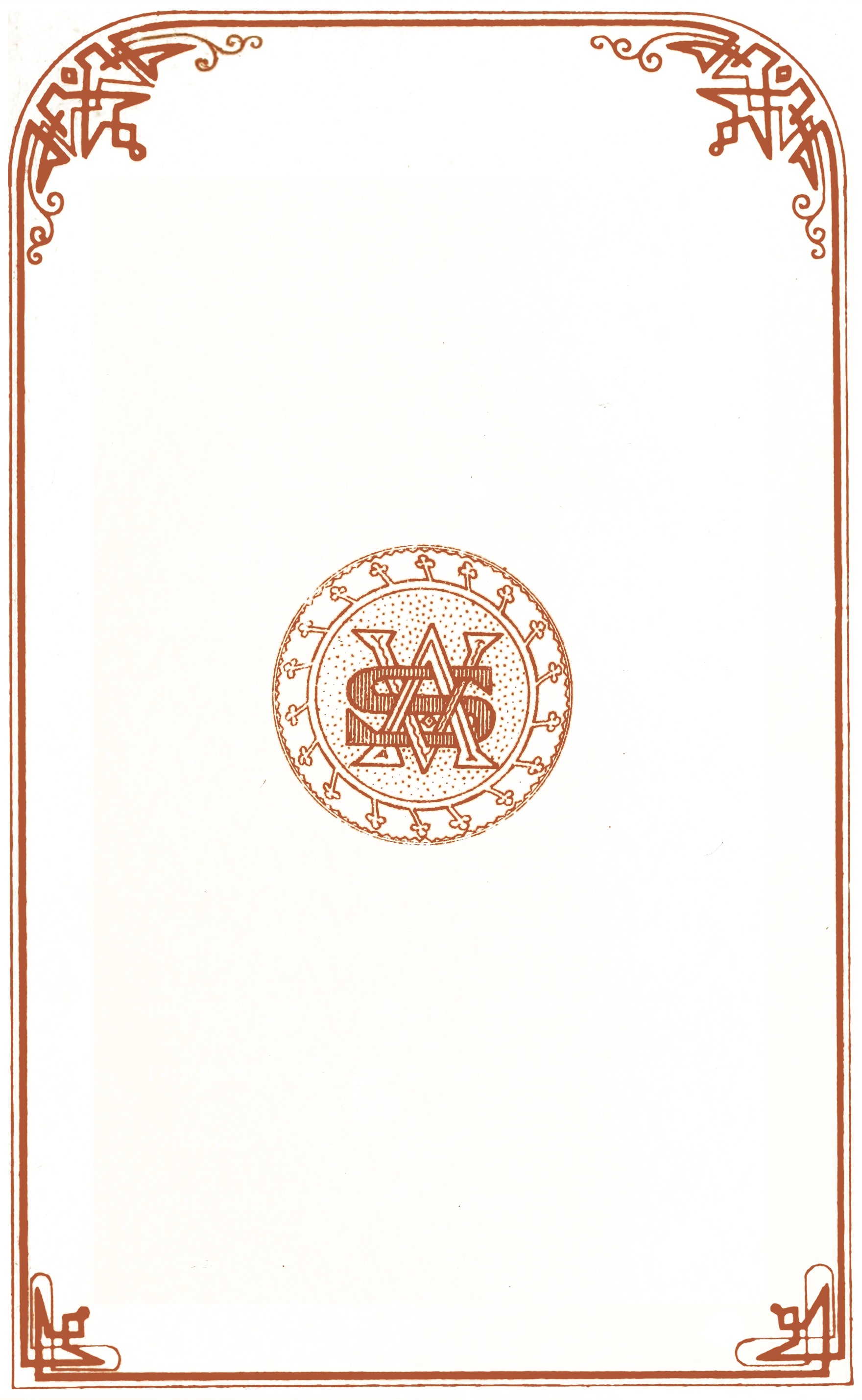
13
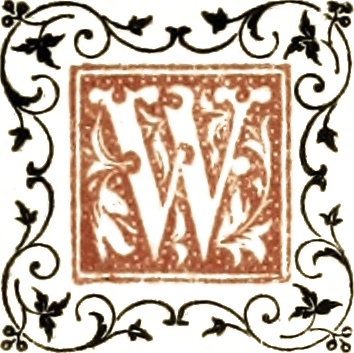
When Photography was first introduced, it met with a severe struggle ere gaining the esteem it now happily enjoys. Artists of all grades unanimously condemned it, looking upon it only in the light of a vehicle that would carry destruction to their own especial pursuits, while on those who attempted to practice and advance it fell anathemas and ridicule. So great was professional14 prejudice, and so blind in its apprehension, that it dexterously and successfully biased and enlisted the opinion of the Press in its favour, which echoed the assertions that, under the most favourable circumstances, “Photography could only be a caricature of the subject it portrayed.” Thus was the combination of Art and Science for a time checked in its progress, and the artists, now exulting in having temporarily attained their purpose, watched jealously the science of chemistry, and depreciated as useless any further inquiry that seemed to encourage or aid Photography.
15
The great body of the public, as usual in all such cases, remained neutral, but fortunately, for the advancement of the new art, there remained a few who were more sanguine than their cotemporaries, and generously bestowed their sympathy on the “oppressed.” They saw in Photography, a great science, then but in its infancy, but which must ultimately compete with the finer arts; its peculiar adaptation in copying rendering it still more valuable, not only to artists, in furthering their own success, by securing truthfulness and accuracy, but likewise in all the various usages to which it has16 since been so successfully applied. Too numerous to attempt to specify here.
At the period we speak of, Photography was entirely confined to that class of illiterate men who only pursued it to benefit by its novelty, and like everything new, particularly when added to cheapness, produced a great amount of bad taste and unpardonable vulgarity. It is, no doubt, an art which is peculiarly liable to be perverted to base and immoral uses, but now that better taste prevails, no such fears need be entertained. All classes of society have been benefited by Photography; it17 has been a generous friend to the poor as well as to the rich, and all must acknowledge its superior advantages and merits. Not only has it been fostered and liberally supported by the munificence of kings, but also in the more humble walks of life has it been welcomed as a benefactor. Its patrons of all grades have not only derived pleasure from the novelty of its fascinations, but inexpressible consolation from the souvenirs it affords of cherished places, and the memory of those loved ones who may be far away, or sleeping the “sleep of death.”
18
It would indeed be deplorable if an art so consecrated to all that is noble, pure, generous and holy, were again to be jeopardised by the association of bad taste and worse usages. In England we are fortunately protected from such an evil; but in other countries, particularly in France, it still exists to an alarming extent, and until the authorities there adopt the same measure of punishment as with us, no one can walk the streets without being subjected to some gross outrage against propriety and moral feeling. Photography, therefore, has a double claim upon our affections—to19 preserve it unscathed and unsullied, when we find it diverted into new channels that may endanger its purity and legitimate usefulness. An art which assists the memory and educates the taste is entitled to encouragement, the more particularly, when by its aid we can recall in privacy the happy hours suggested by the contemplation of the sure-reflected lineaments of a doating mother, an affectionate sister, a tender loving wife, or a fond and innocent child.
One great reason why Photography is so frequently applied to unworthy purposes20 is, owing to its cheapness, for, where there is a supply of anything novel, combined with cheapness, patrons will present themselves. This is a public weakness which is to be regretted, for although competition may be consistent with the “spirit of the age,” it is an unpardonable error when cheapness is resorted to as a means to success, in place of trying to excel by artistic or superior merits alone.
In no stage of Photography have we been further advanced and initiated into the grand applications of its science than by the introduction of the “paper21 process;” it presented to the mind of the photographer a channel for experimentalising and uniting art proper with his own, for previously the word Art was foreign to the ear of the professional photographer; all that was deemed essential in the pursuit was that you should acquire a knowledge how to produce a photograph free from all the optical and chemical defects. Light was only studied to secure the image with brilliancy on the plate, of the subject or object about to be copied. If it came out clear, clean, and sharp, the operator was delighted with his success—its artistic22 merits were never consulted; no question asked whether the face came out with the rich, soft, rotundity of nature; whether the light and shade had given tone and gradation, to add harmony to the picture; whether the line of the head had been carried to prevent awkwardness to the figure; whether the eyes did not look askance to the pose of the head; its artistic superiorities, in fact, were never looked for, which explains why, at that period, photographs were taken, as a general rule, simply head-bust, most commonly called vignettes, or as the Americans would term23 it, ambrotype. Such were the productions of the “Glass Age.” But from the time the “paper process” established itself, Photography at once took its place among the finer arts, and having gained the victory, the artists that had disdainfully resented its popularity, ventured to advance into the new field of enterprise, and not only were they delighted in procuring such an auxiliary, but they laboured in trying to improve the application of its science to Portraiture. Though painting renders the chemical result subordinate, and likewise subservient to the skill of the artist, when24 removed from the pressure frame to the easel, yet in no way does it depreciate Photography as an art which is necessary to assist in securing with unerring accuracy of outline momentary indications of character, expression of face, and costume, consisting of numberless and minute details; all of which are at once portrayed on a tablet of glass reflected through the Camera; and which, if not satisfactory to the mind of the operator, he may arrange according to his own artistic taste, judgment and skill, with a view of securing pictorial effect and individual character.
25
It would be utterly impossible to estimate the advantages Photography has conferred upon all mankind, or to anticipate the still greater wonders it is yet destined to achieve.
Having sketched the early struggles which Photography had to surmount to claim a high place for its followers, we now proceed to examine its distinguishing features. In scrutinizing the works of even the greatest artists of our day, we are sure to find some fault—some error. Why is it that imperfection should exist even in works of the highest rank, grand in conception, beautiful26 in execution, rich in modulation, truthfulness of outline and form, and harmonious in colouring? For the simple reason, that true excellence can only be found in composition pictures where the creative mind of the artist has been free to labour in accordance with its own poetic fancy, and when such perfection exists in portraiture without the aid of Photography, it will indeed be an exception!
When the practical eye of an artist takes up a Work of Art, he at once recognizes the forte of the genius in some one particularity. Say for instance one27 artist may excel in the master-stroke of execution, and by a few strokes of the brush give much more artistic and life-like effect than another would by hours of close application and the minutest finish—the difference between these two artists being that the one was a true born artist, and the other a lover of the art—simply one who had acquired its mechanism from untiring study and practice. We will again find others who excel in the amalgamation of colours, others for composition, others for costumes and drapery—others for the delicacy and transparency of the flesh tones; and we28 might still further attempt to specify their various fortes of particular excellence, by dissecting the human forms and classify them by their technical terms in anatomy. For instance, I have known artists who have excelled in the execution of a face, and yet fail in the representation of the hair—all their heads conveying to the observer an idea that they were wigged! In other productions we are at once made sensible that the artist has one ideal for a nose, and if the picture represents innumerable figures, they are all possessed of the same type of nasal organ! In others again, we find the29 artist manifest in some peculiarity in the eye or in the mouth; but it is not any of these artistic individualities we ask for when we are desirous of possessing a faithful likeness of some loved one, nor do we care to find as we scan their well-remembered features, the artist’s ideal of a nose, an eye, a mouth, a chin, or some other member, in place of its, perhaps, more homely characteristic. In nature we are daily witnessing how the various types of features, at once the most classic and homely—highest and lowest, come to mingle so congruously in one face, but such as nature has thought fit to endow30 us, such do we want to be faithfully and accurately delineated, and if such combination of distinctive specialities of art are required for portraiture, which is rarely, if ever, found individually, then how inestimable is the aid of Photography! Many are under the impression that its process exaggerates to such an extent that the object or subject reproduced is figuratively distorted, which constituted the opprobium attached to its productions. This is a mistake. If the operator uses a first-class instrument, and sufficiently large to secure the same perfect definition at the extreme margin31 of the plates as in the centre, and regulated by the diaphragm with space sufficient for the required length of focus, no aberation or distortion will be visible. But if a questionable lens is used, and the aperture too small for the flatness of “field” required, then the whole model will be more or less distorted; its receding lines obtruding as to become perfectly blurred and indistinct; the shadows black, without detail, and the lights hard and flat. But let it be remembered that this Essay is entirely confined to the aspirants to Art in its higher branches. Photography in the32 hands of a lover of its art, initiated in the theory and practical knowledge of its science, would not waste valuable time in the production of such enormities. We have, therefore, only to deal with its advantages in its higher order of execution; or if we deviate a while from our theory, it is but to confirm our arguments, and give the reader an opportunity to discriminate for himself between the two. But to return to the fallacy of portraiture being confined to the erroneous pencil of the deceitful imagination of an artist possessing one or more only of those capabilities essential to the production33 of the truthfulness of individuality. How can it be expected that he can pourtray, from a few short sittings taken from nature, to be afterwards finely finished from memory with that unerring accuracy that the Photograph identifies? I have never yet seen a portrait painted from life that conveyed the idea of life. As the eye rests upon the canvas, the mind at once feels that artificially life has been attempted to be represented, even when the likeness has been so striking as to draw from the observers an exclamation of “how like,” and in its artistic merits “how beautiful.”34 But the absence of that individuality which casts an air of naturalness in the Photographic production is lost in the creative picture, and the cold statue-like aspect which is conventual in Art, in no way associates the mind with a sentiment of familiarity in the past or present, as the case may be. Then how is it, it may be asked, that an artist who has given to the world works of surpassing excellence—standard models for future ages—is yet incapable of adapting himself to pourtray the simplicity of real life as it is? Why cannot the artist thus enabled to invest the imaginary characters35 of his works with all the sparkling vivacity of life, identify the same in portraiture? To solve this problem we must glance and circumspectly dwell for a time on the personal characteristics of artists. Not that we would suppose, or would wish to suggest that fac-similar traits are hereditary to the born artist; but as countries are remarkable for their individual nationalities, so are the peculiarities in the temperament of an artist. We might without offence notify it by calling it eccentricity, for it has been said that genius and eccentricity are inseparable. The active and creative mind36 of an artist is ever busy arranging subjects for his art. If not drawn from Scriptural, historical, or poetical sources, it is from some grand scene of nature memory has conjured up as he treads, the path of life, ruminating with all the fancy of the imaginative poet buried in those early dreams yet to be realised in the various phases of life in some poetic fashion, glowing resplendently, as personified in the mock Tableau Vivants of his conception, at a future day to be developed upon a piece of canvas cloth, and embodied in all the beauty and vigour of life; its characters standing out37 in bold relief so prominent in their varied and natural imitation, that you might fancy they were in reality breathing the very breath of life!
Thus left to conceive and portray by the inspired hand of genius without the fastidious or exacting interference of his patrons, the artist will assuredly be successful, perhaps beyond his most sanguine expectations, but once interfere with him, the spell is broken, and once compel him to make alterations against his will, not only will you find his touches niggardly, but they are given without firmness, force, or effect. The touches might38 be given at random, for any advancement of their creative merit; his ideas are, in fact, crippled, and if that picture is ever completed, the eye and mind will at once intuitively feel that there is a want, and that want will be inspiration.
The ideas of an artist are irreproachable and impassable. Once confined, his own conceptions swayed, his capabilities are disabled; mind and hand must be as free as the wind of heaven, unshackled by prejudice or importunities.
Having thus solved the problem why artists cannot adapt themselves to follow nature in its identical peculiarities, the39 same reasons likewise explain the necessity why Art and Photography should be combined, a consumation still more desirable in the art of portraiture, where the artist, perforce, is made obedient to the truth of reality.
The portrait thus conveyed by Photography, is not only an immense saving of time, labour and trouble, both to artist and sitter, by being enabled to secure individuality, but the variety of talent required for an artist to execute a portrait from life, is thus adequately balanced.
40
In the “Operating” Department another stamp of artistic merit is required—“Conception,”—the eye being called upon in every way to arrange such pictorial effect that its every production may be in themselves studies. Thus has the felicitious combination of Science and Art become irrevocably united—each depending upon the other for success. The latter is, as I have before remarked, distinguished for its unerring accuracy of drawing in all its individual properties and shading; the former for imparting all the glowing warmth of nature; and this inestimable41 acquisition has likewise invoked a higher, purer, and simpler standard for the truthful representation of contemporaneous life, by unavoidably adhering to the reality of nature, surrounding, in place of being personified, in some fantastic guise or otherwise poetic myth.
Art, in the present age, stands conspicuous for its great achievements in Truthfulness, which has been guided and assisted by the aid of the Camera. Perspective, the great key to Art, was fabulous before Photography was introduced; and by its aid what perfection has it not obtained, not only is distance42 mathematically exact, but the round, soft, accuracy of light and shade in nature, is most beautifully defined!
Photography not only aids and assists the Fine Arts, but gives invaluable aid to Architecture, Astronomy, Geology, Mineralogy, Science of Chemistry, Physiology, Literature, and numberless sciences, and likewise what the human eye is incapable of discerning, the microscope reveals and Photography delineates. Thus are we supplied with copies perfected by its aid, of every work of art, ancient and modern, thus multiplied and preserved for generations to43 come. We will now glance, in conclusion, upon the defects which have tended to constitute that opprobrium attached to the productions of photographic portraits by the public in general. The opinion that Photography exaggerates to such an excess that, the lineaments it has pourtrayed are quite distorted, or that five or ten years have suddenly been added to a “sitter’s” age, and their youth apparently eclipsed by the lines being, perhaps, too harshly defined, and the shadows too strongly marked, adding innumerable furrows, reverential and admired in old age,44 but despised in youth! This defect is most easily obviated, and no one who loves his profession will consent to such over-printed copies going out into the world, for it is by the after process that this defect exists, and not in the actual taking of the photograph, unless the subject is very badly lighted, which will occur when there is too much or too little light. It is possible to print a proof until all the details, even in the high lights, are entirely obliterated, and the likeness scarcely discernable. But this is entirely the fault of the artist. Care must be taken that each impression45 is carefully watched, and printed according to scale; this undoubtedly requires the most exacting patience and perseverance; but with untiring care expended upon each impression not the slightest trace of exaggeration will be visible, every shade and detail will be rich in the soft rotundity which nature rejoices in.
These few short hints, and brief and explanatory statements of General Art Principles, may, we trust, be found enlightening and useful to all supporters of Fine Art, not forgetting that a small grain of seed often becomes a goodly46 tree; let us not trample its first tender shoots beneath our feet, in contempt at its feeble efforts to obtain expansion, as it breaks from its mother bed of soil to imbibe the freshness of the dew-drops and the glorious sunbeam of day. No!—let us by careful training assist its maturity by removing from its path any noxious weeds that spring up spontaneously, and by the same method of cultivation eradicate the evils that threaten to sap its tender youth.
If this theory had been in practice some hundred years ago, how much further advanced might the world have47 been, had not neglect and cold indifference thrown its shadow on all scientific pursuits? Then, let us not fall into the folly of our ancestors by standing aloof, each waiting for the other to take the first step in advance, so biased by the prejudice of the times that we unite in the general cry, in place of going forward and judging discriminately for ourselves.

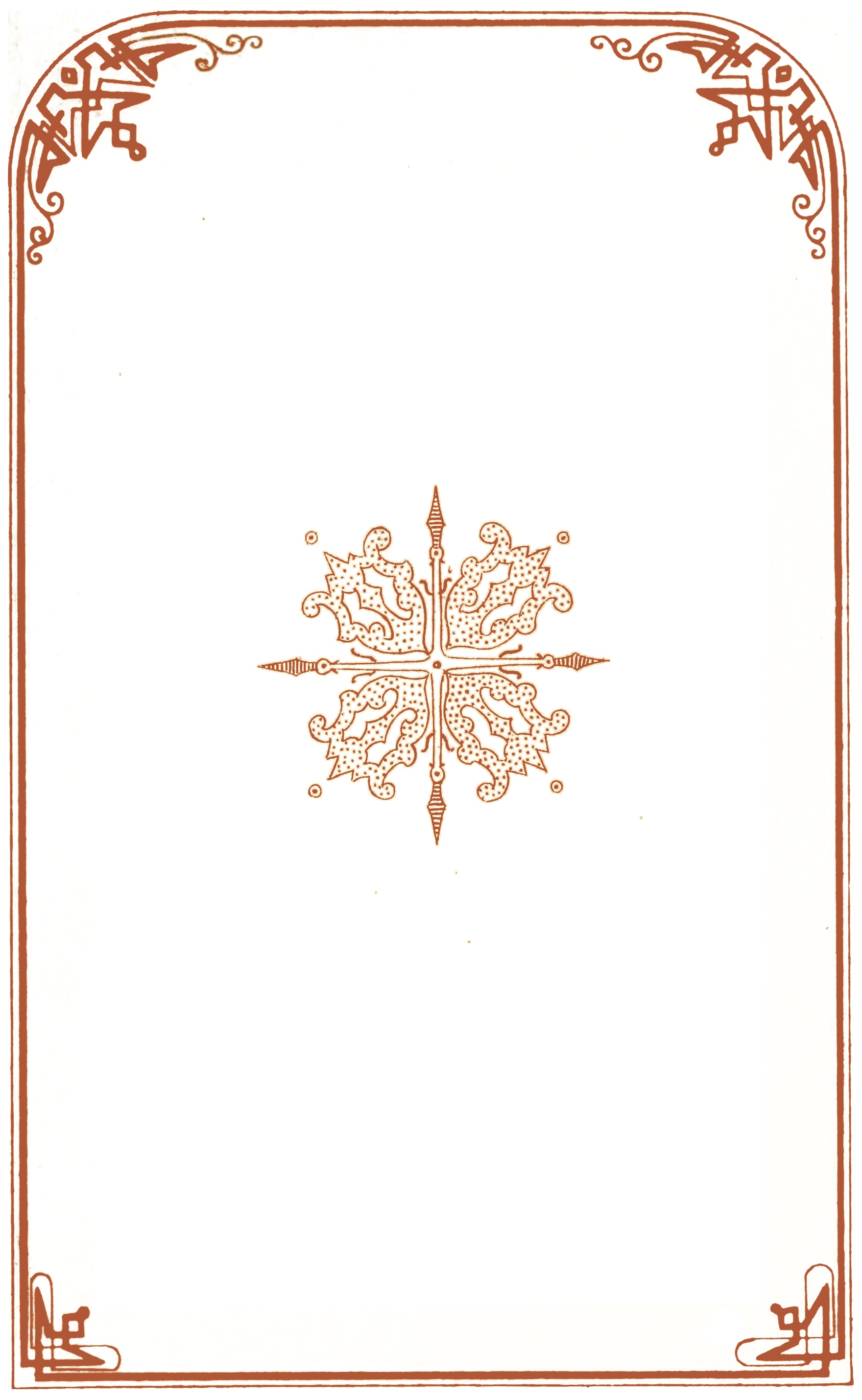
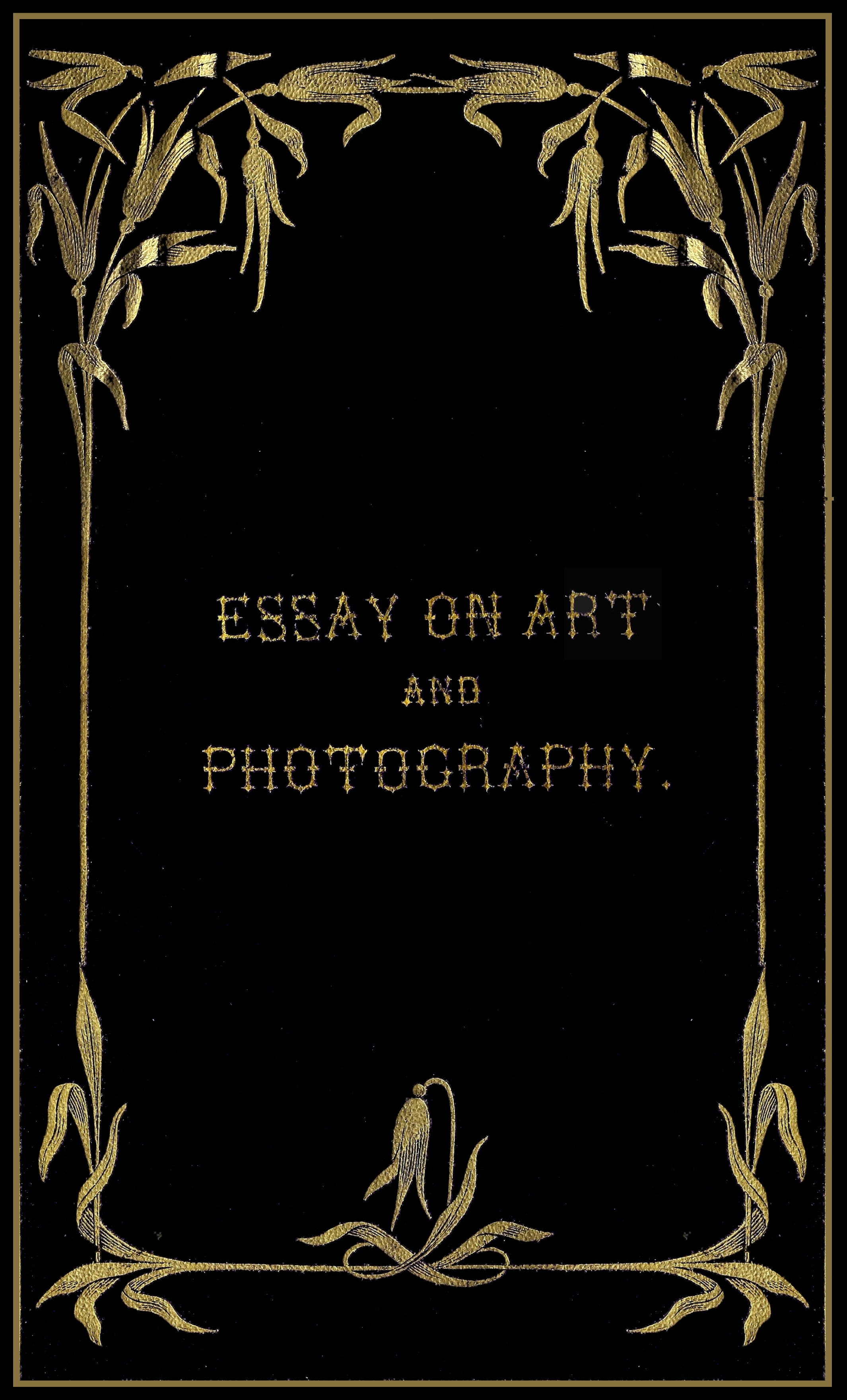
This book does not have a Table of Contents.
Hyphenation and spelling were not changed.
Simple typographical errors were corrected.
All illustrations are decorative. Some are shown within decorative borders. Those borders were used on all pages of the original book, including the ones with text.